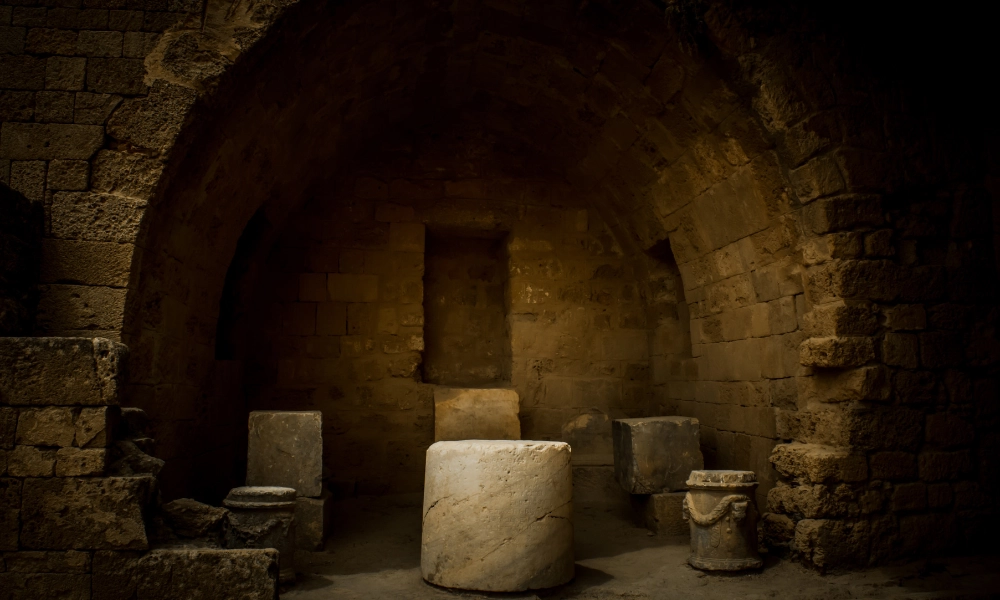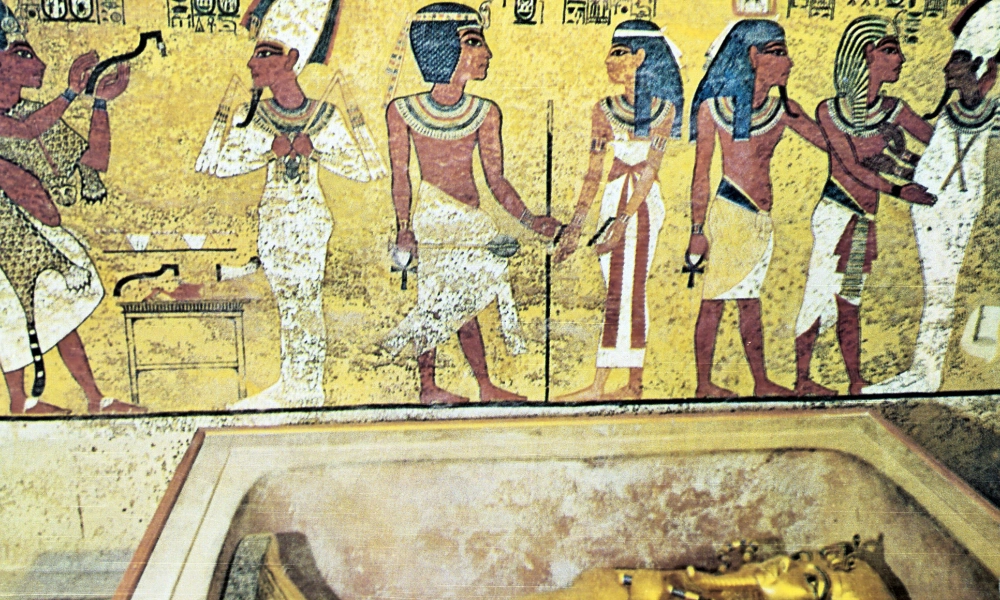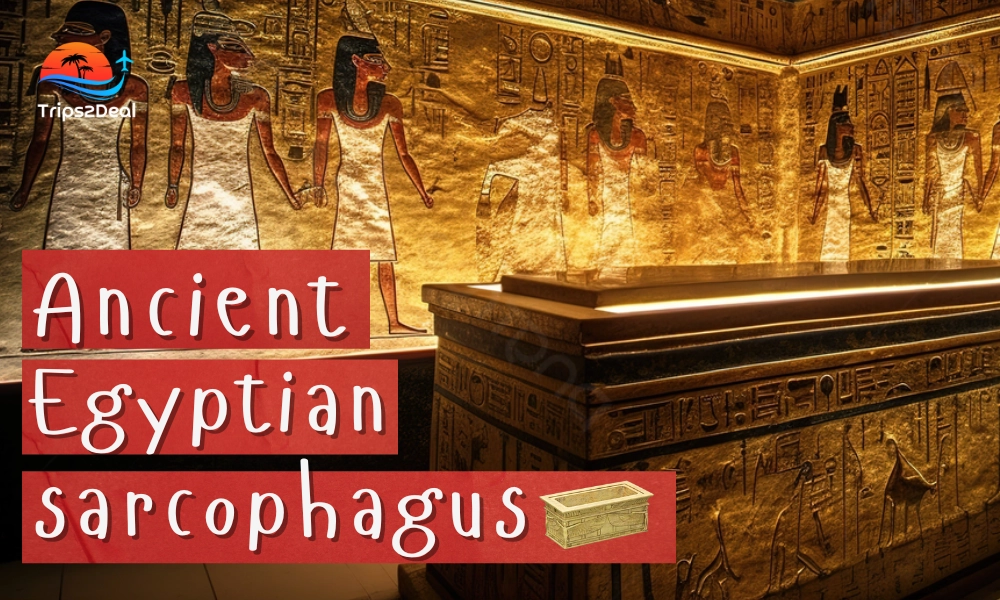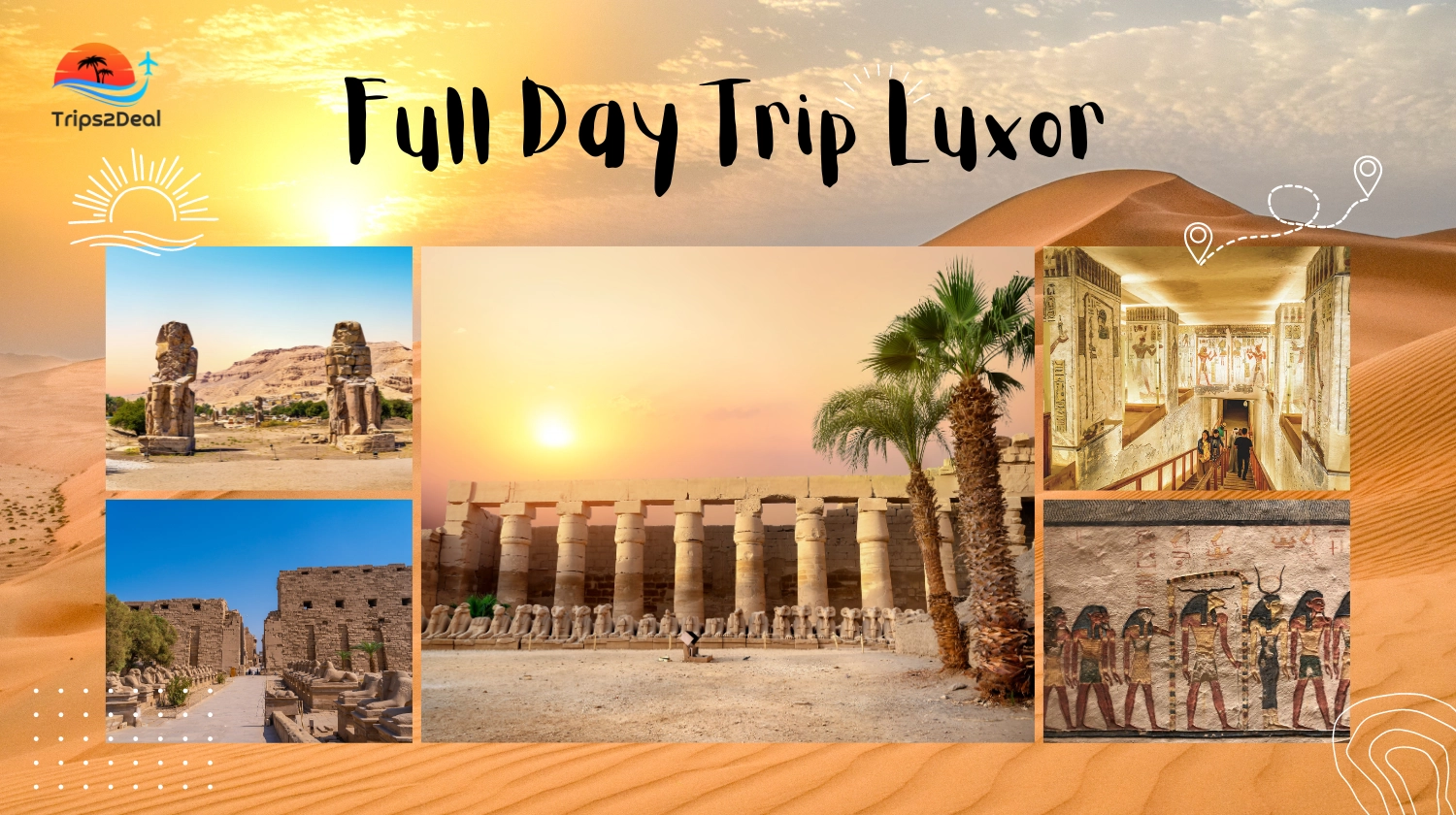Blogs

Ancient Egyptian Tombs
The tombs of ancient Egypt cannot be understood as mere graves; they are edifices demonstrating deep insight into different aspects of the civilization - its religion and culture. Carefully planned and built tombs helped in the transfer of the dead bodies to this other place. Ranging from the majestic pyramids to the exquisitely carved hills of the Valley of the Kings these structures portray how deeply the Egyptians were attached to life beyond death and how they sought to inter both the body and spirit forever.
Although many centuries have passed since these tombs were closed to their last owners and decorated with layers of dust, modern travelers may still visit them today. In this post you will consume the content about the designs of tombs, the role of tombs, beliefs, and myths about the tombs.
1. Architectural Marvels: The Evolution of Tomb Designs
There were notable changes in the tomb structure in Ancient Egypt over the period, due to influences of the religion of the people, the organization of society, and also the development of architecture. The earliest tombs, which were referred to as mastabas, were simple rectangular boxes made of mud brick mostly for slaves or senior officials. These mastabas were gradually replaced by the huge and more glamorous tombs that were built in the later years.
The construction of the famous pyramids the Great Pyramid of Giza is a prime example of the Old Kingdom where tombs for the pharaohs were built. These magnificent edifices were meant to serve as coffins both for the body of the pharaoh and for his possessions and to provide for the pharaoh’s passage into the next world. Because of the high threat of looting, which had become rampant even before the last pharaonic table, the later pharaonic dynasties, valued for example in the New Kingdom period, turned to rock-cut tombs instead. Such caves cut into the sheer rock bastions of the Valley of the Tombs of the Kings and protected the precious bodies from desecration despite copious ornamentation fit for royalty.
2. The Role of the Tomb in Egyptian Beliefs on Afterlife
Among the Ancient Egyptians, the tomb was certainly more than simply a last resting site and the people believed that it was a path to eternity. They were convinced that death was only a state that involved transiting into another phase of life where the spirit of a man would set out on a trip through an underworld in order to access life after death. This, however, was not an easy ride, and this is where the Egyptian tomb was very important in assisting and safeguarding the dead before the undertaking. In addition to the body, the tombs were also built to accommodate the spirit because the spirit was believed to have limbs too, the ka, the ba, and the akh. The ka was the most dependent and required food and other offerings which is the reason why the tombs are usually stocked up with edibles. For ba, however, even more troubles occurred since this was a more active dramatis personae of the soul. The tomb also had incantations and prayer passages from the Book of the Dead, inscribed on walls or drawn on papyrus scrolls, aimed at helping the deceased soul to traverse the drinkable journey of reaching the afterlife.

3. Famous Tombs of Ancient Egypt: A Closer Look
Explorers of ancient Egypt’s history are aware of magnificent temples and tombs that date thousands of years, each of them explaining what the upper class was like and how they prepared for life among the dead. Let's start with this one that is arguably the best-known tomb in ancient Egypt which is that of the Tomb of King Tutankhamun. The tomb of King Tutankhamun, discovered by Howard Carter in 1922, captivates its visitors because of the artifacts that belonged to the young pharaoh and his burial place, which is famous for having remained untouched for centuries, including an ornate golden coffin that held the young king's battered corpse. One of those sites includes the Valley of the Kings which has pharaonic tombs of the New Kingdom period, Ramses II and Seti I being buried in this area. Rather than effigy-based mummies buried in towering pyramids, these tombs were built into cliffs so that robbing the tombs was made harder. Nefertari’s Tomb, in the Valley of the Queens, is described as one of the most exquisitely painted tombs with brilliant representations of the Queen's afterlife and her benevolence to the deities. These tombs are not only about the narratives of kings and queens but also showcase one of the intricate burial processes, religious ideology, and with it emblems that existed in Ancient Egyptian civilization.
4. The Art of Tomb Decoration: Symbols, Paintings, and Hieroglyphics
The interior walls of Egyptian tombs can be compared to history books whereby they are richly embellished with paintings, symbols, and pictures that tell both religious and individual stories. Particular focus has been given to the interplay between form and function, for example, by providing a distinction between decoration and orientation. This would lead to the destruction of the tomb to discourage the spirits of the dead from returning to the living.
Prevalent symbols include the scarab beetle, which means change and the cycle of life. A scarab was often found on the wall paintings or even in the tomb as an amulet placed over the body of the dead person to protect him or aid him on his journey. Another important symbol, especially in the interiors of ankh statuette Egyptian tombs, is ankh which is a hieroglyph denoting life that was inscribed on walls and encapsulated in burial items in confirmation of everlasting life.
The tomb boards contained scintillas of Osiris, the dead king who ruled the underworld, and Anubis the jackal traces the popularity of mummification. And these trees and the ancient text about the dead all were supposed to protect the body and assist the spirit overcome trials in the next world. Emerging civilizations have embraced arts in different ways, constructing features that are enhanced by powerful symbolic connotations.

5. Grave Robbers and Tomb Curses: Myths and Realities
Though elaborate measures were taken in order to protect the tombs of Egypt, it is a fact that numerous tomb robbings took place in history due to expectant robbers who sought out treasure in the tombs. The pyramids were particularly soft targets because of their prominence. More concealment could be obtained in the Valley of the Kings, but even some of these tombs were not spared by the looters.
This instigated the emergence of an evergreen concept and ‘tomb curse’ that would feature prominently in internal and external tomb legends, vowing retribution on those who dared mess with the dead. Notably, the tale surrounding the pharaoh Tutankhamun’s tomb is one of ‘curses’. People related to the discovery of Tutankhamun’s tomb were said to have died mysteriously soon after. Modern historians and scientists, however, tend to dismiss these deaths as of chance or disease instead of a curse.
6. Visiting Egypt’s Tombs: A Travel Guide for Tourists
For travelers eager to feel the wonder of ancient Egyptian tombs, some sites across Egypt are worth a visit for sure. When it comes to tombs, the Valley of the Kings situated near Luxor happens to be the most popular place with tombs of over sixty pharaohs, Tutankhamun, Ramses II, and Seti I to mention a few. Here, visitors walk down large corridors, see sets of colorful hieroglyphics, and go inside some of the rejuvenated tombs.
Along with this, in Cairo, the most popular Saqqara necropolis is itself very interesting since it contains the first pyramids as well as tombs from the ancient city of Memphis. The step pyramid complex in the burial grounds of Djoser, is the first large limestone structure built in the world pointing to the development of architecture in Egypt. Not far from here, recently found tombs are still being excavated providing some information on the burial customs of the Old Kingdom.
For those heading further south, the Tombs of the Nobles just northwest of Aswan offer an escape from crowds and are still a worth-visiting site. These tombs belonged to noble officials and contained beautiful carvings that provided an insight into the lives of elites who served the Pharaohs.






